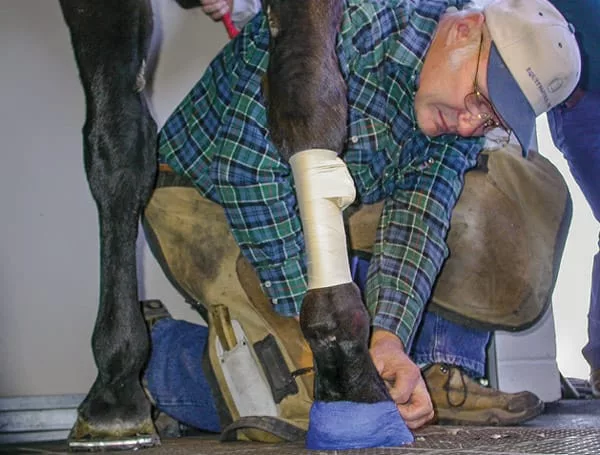American Farriers Journal
American Farriers Journal is the “hands-on” magazine for professional farriers, equine veterinarians and horse care product and service buyers.

It seems almost counterintuitive to think that building and applying the complicated appliance often needed in therapeutic shoeing could be a losing proposition for a farrier. But that can easily become the case unless some thought and reasoning are given to properly charging for the work.
Many novice hoof-care providers start out by charging a set amount per horse, with some variations based on differences between jobs (one price for a trim, a higher price for two shoes, a still higher price for four shoes, etc.). They might charge extra for materials beyond shoes and nails (pads for instance), but if one horse takes a little longer than another, many won’t charge extra, figuring the time will even out over the course of a day.
But an approach like that can be a financial disaster with therapeutic shoeing, where one job can eat up a big part of a shoer’s day.
For advice on making therapeutic shoeing…